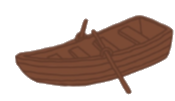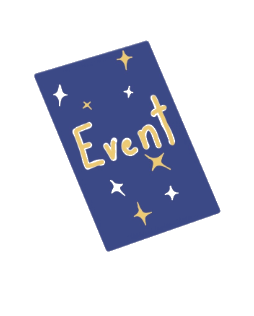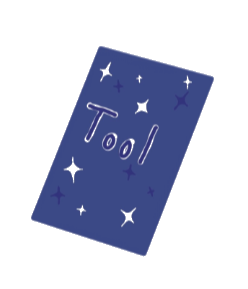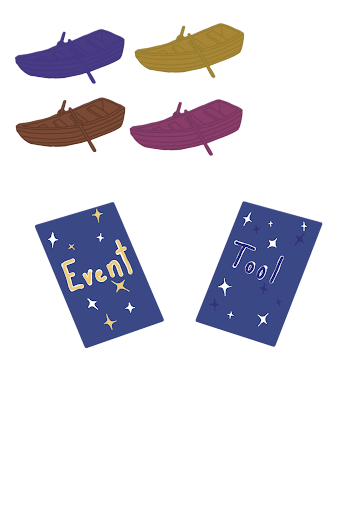La Luna
Game Concept: Players control boats racing across the moon's surface to collect stars and reach the finish line first, while using tools to disrupt opponents and access special routes. Manage your single-tool inventory strategically to set traps, unlock shortcuts, and navigate character routes, all while balancing star collection with forward momentum in this celestial race to the big star!

Prompt
The prompt was to design and build a physical board game (or card game) based on an assigned animated short film in a group of 3 with a limited printing budget and a poster board provided only. The animated short assigned to our group was La Luna, a Pixar film loosely based on Italo Calvino's short story "The Distance of the Moon."

Design Process
This board game was the result of the aforementioned collaborative process , wherein the game was designed by a group of 3. Though the initial stages of the project such as idea selection were completed in unison, work on the game after this was broken down based on individual group members' strengths and then compiled when we were each done with our respective tasks. Though these tasks were completed relatively independently, feedback was generated both when necessary and before making any significant changes to the game which ensured everybody was on the same page.

Challenges and Constraints
- Arguably the greatest challenge faced during the process was finding times during which all of the team members could meet in person to develop the board game. Though we collaborated remotely for most of the project, we needed to meet in person to develop the game pieces over the course of the only hour all team members had in common for this over the project's duration.
-There was a limited amount of time to complete the process, with deadlines for each iteration.
- Finding playtesters outside of class, and collecting comprehensive feedback from relatively quick playtests proved to be slightly challenging.

Idea Selection Process
Though we had the theme of our game pre-determined by having to base it on a specific short film, the idea selection process proved to be more complicated than I had personally anticipated. All team members decided on making a board game, which was arguably the easiest part of the process, as we then had to decide how to tie in aspects of the short in ways that were mechanically or thematically significant. These include, but are not limited to: the Besom and Push Broom tools representing the family's traditional methods, the Papa and Nonno character routes embodying their contrasting approaches, and the star collection objective mirroring the film's central activity of sweeping fallen stars across the moon's surface.
Background
My journey in game design, including education, cultural influences, and professional experience.
Resume
A summary of my skills, roles, and achievements in game design and production.
Contact
Get in touch via email or LinkedIn for collaboration, feedback, or networking opportunities.
Media & Links
Find my work on GitHub, itch.io, and other platforms for more projects and code samples.



![[digital project] image of gamified learning platform](https://cdn.prod.website-files.com/68c066c7a3e740380f761cee/690817143c6a3140bfcc8d0a_game%20board%20final.png)